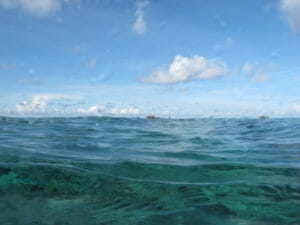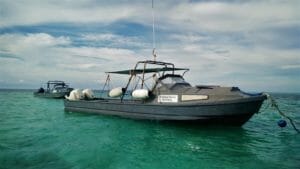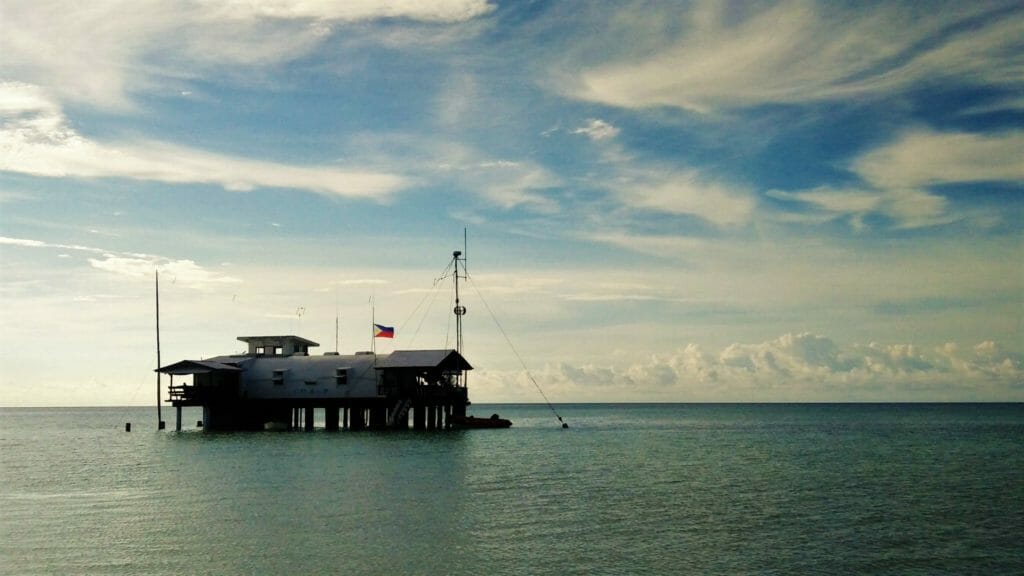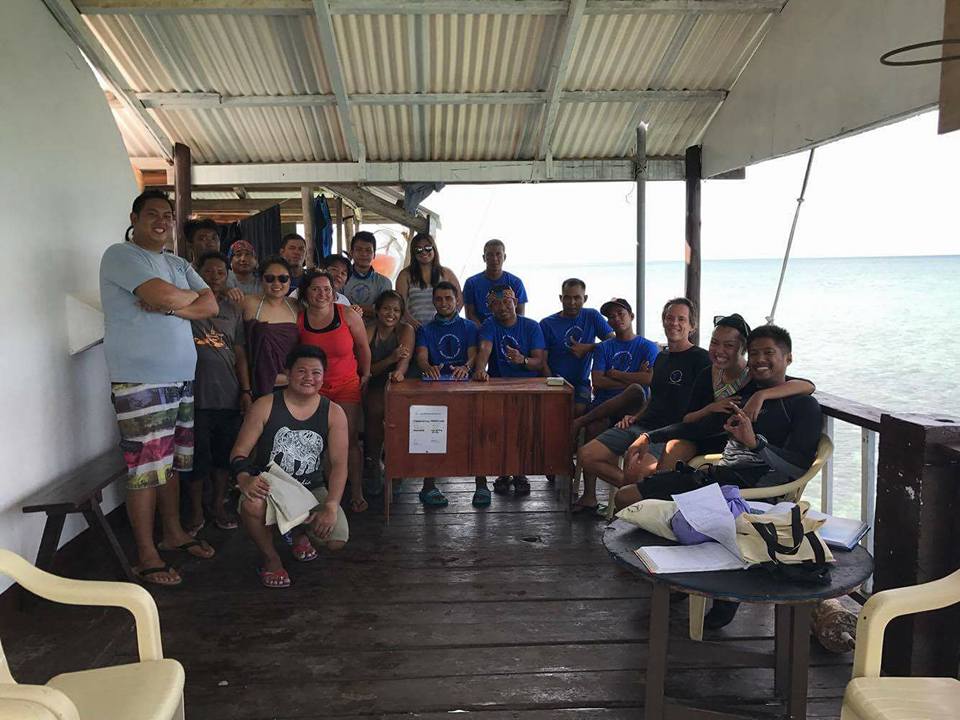
This is the last installment of a 3-part write-up of my May 2017 trip to Tubbataha Reef Natural Park. My visit wouldn’t have been possible without the help of MY Sakura and Let’s Dive Palawan, as well as the management and team behind the Tubbataha Management Office (TMO), the Tubbataha Protected Area Management Board (TPAMB), and the Marine Park Rangers. Thank you! Also, special thanks to Kevin and Camille for letting me peek into their dive logs.
The currents are strong at Tubbataha Reef. These are brought about by tidal shifts and weather-driven surface currents. Divers feel it underwater, especially during dusk. Sometimes, you struggle against the current. Most of the time, you let yourself be taken away.

It can be overwhelming. But then, you remember that these currents are why sharks and other marine wonders are around. Their circulation pattern has also made the marine park Sulu Sea’s seed bank, increasing the fish biomass and income of neighboring fishing villages by 100% and 90%, respectively.
The impacts of protection are tangible. And, it’s not just in the eyes of divers and marine scientists. Stakeholders are feeling the difference too. This has buoyed the continued support for Tubbataha’s protected status.
Managing a Marine Treasure
At the center of all this is the Tubbataha Management Office (TMO), under the leadership of Angelique Songco. Angelique is a diving professional who took on the challenges of managing what is perhaps the most expansive and isolated marine protected area in the country.
Alongside the team, her TMO transformed what had been an ineffective co-existence of stakeholders, brought together only by bureaucratic declaration, into one that truly upholds the reef’s protection. The core belief that has driven her team to success is that the costs and benefits of protecting Tubbataha Reef should be shared equitably amongst stakeholders.
This ruffled some feathers at the start, particularly those directly affected by the fishing ban. But, as soon as nature was left to thrive, the bounties of nearby fishing areas increased. They also began to receive compensation from the donor community, as well as their share of diver and dive boat conservation fees.
It wasn’t smooth sailing, by any means. But somehow, the tides shifted towards change. The diverse sectors involved came to a deeper understanding of their crucial roles in the preservation of the reef. There was finally a realization that, in protecting Tubbataha Reef, they are protecting their own interests.

Protecting Tubbataha Reef
A continuing challenge for TMO is safeguarding Tubbataha’s 97,030 hectares of ocean. Even with its protected mandate, there are still elements who dare to encroach to poach. In fact, 80% of the management’s funds go to law enforcement.
The municipality of Cagayancillo offers the first line of defense through its improved fisheries and fishing practices. With more than enough catch using sustainable fishing practices, local fishermen are less tempted to go into the protected areas.
The Marine Park Rangers, made up of members of the Philippine Navy and the Philippine Coast Guard, provide the next (ultimate) level of protection. These are highly qualified uniformed men who went through TMO’s ecology/marine environment and park management course. The training program was developed to shift from the common military mindset of securing the country to securing fish and other wildlife.

According to Angelique: “We pay close attention to the reefs as most fishers do not fish in open ocean, where productivity is much less. There are 9 rangers in Tubbataha at one time, sometimes up to 12. They have done well, so far.
“We need to work around the limitations of installing people there year-round. Water is a major consideration even if we are surrounded by water. Space and the supplies are also issues. The Navy and Coast Guard are only able to assign a few people at a time. So far, that small contingent of marine park rangers has been successful in maintaining the values of the reefs.”
For the Love of the Reef
It is hard to doubt the success of the TMO. The team has changed minds and transformed hearts –moving people from poaching to protecting, from being takers to men and women who will give time and effort in making the conservation initiatives of the Tubbataha Protected Area Management Board work.
Perhaps this is how the tides move. After all, for those of us lucky enough to have visited this marine treasure, you can’t help but let the currents take you. You fall in love with the ocean, all over again. And, you will do all that you can to protect Tubbataha Reef.

Sources:
Tubbataha Reefs: A Marine Protected Area That Works. WWF-Philippines. Quezon City, Philippines 2006
Email interview with Ms. Angelique Songco
How the Philippines’ Coral Heart Keeps Beating. Michael Greshko. National Geographics.
https://www.nationalgeographic.com/photography/proof/2017/11/tubbataha-coral-reef-philippines-unesco-world-heritage-site-sulu-sea/
